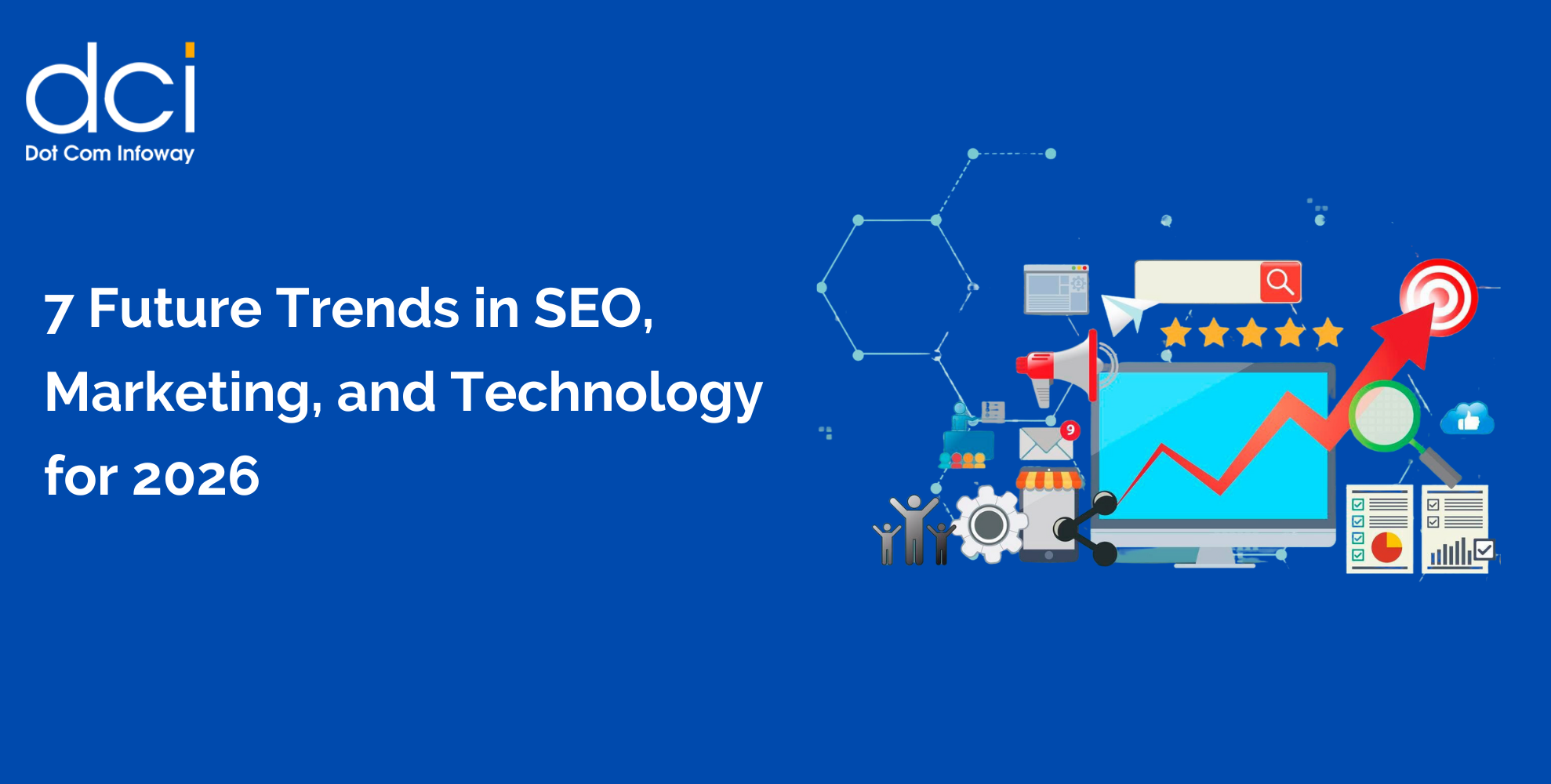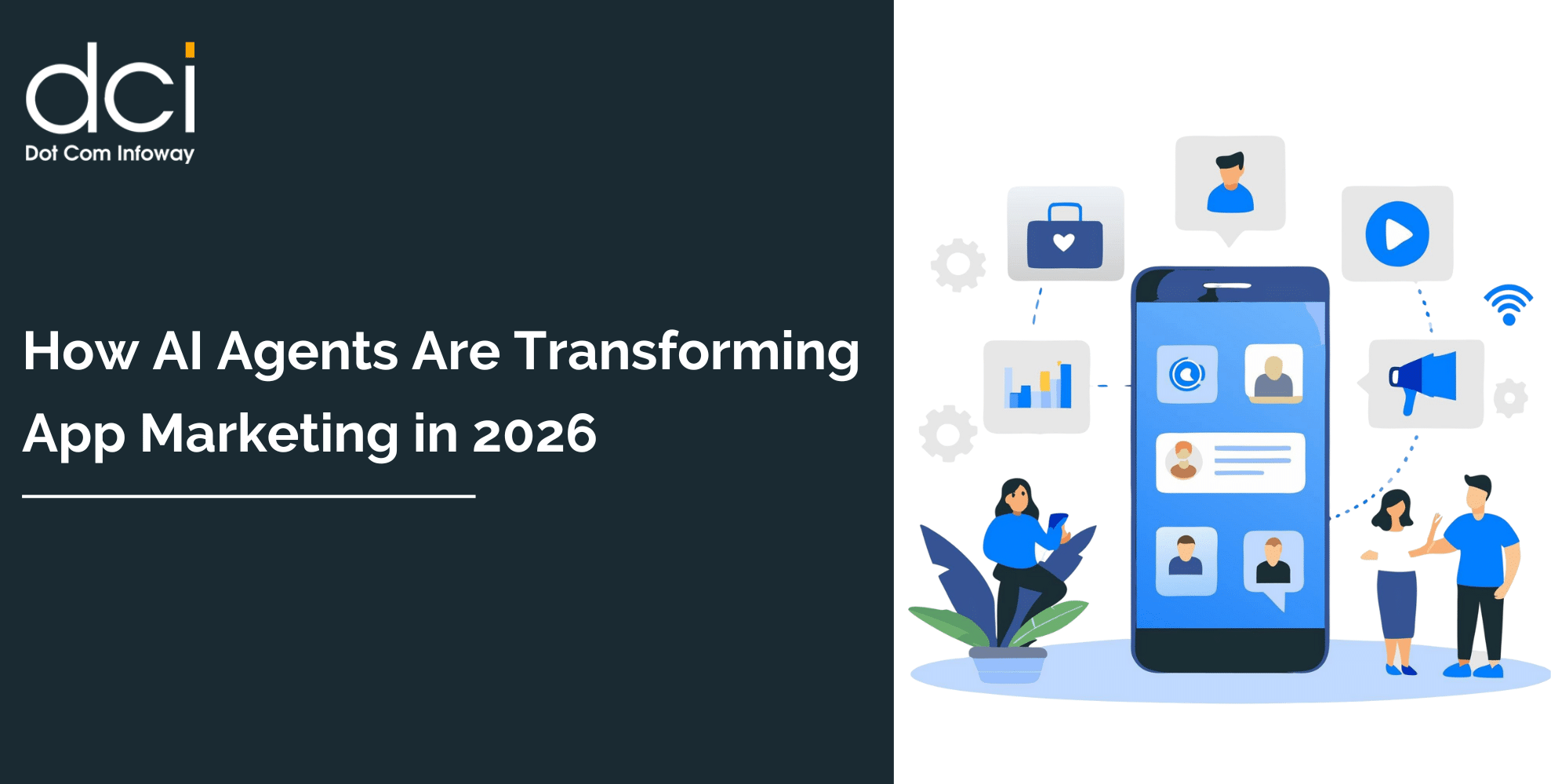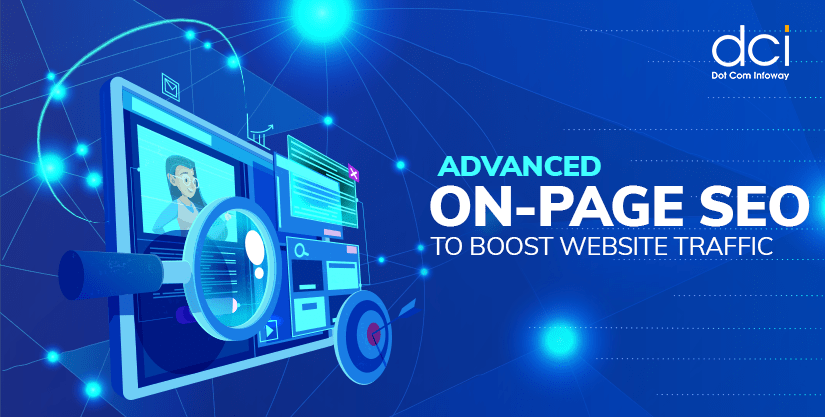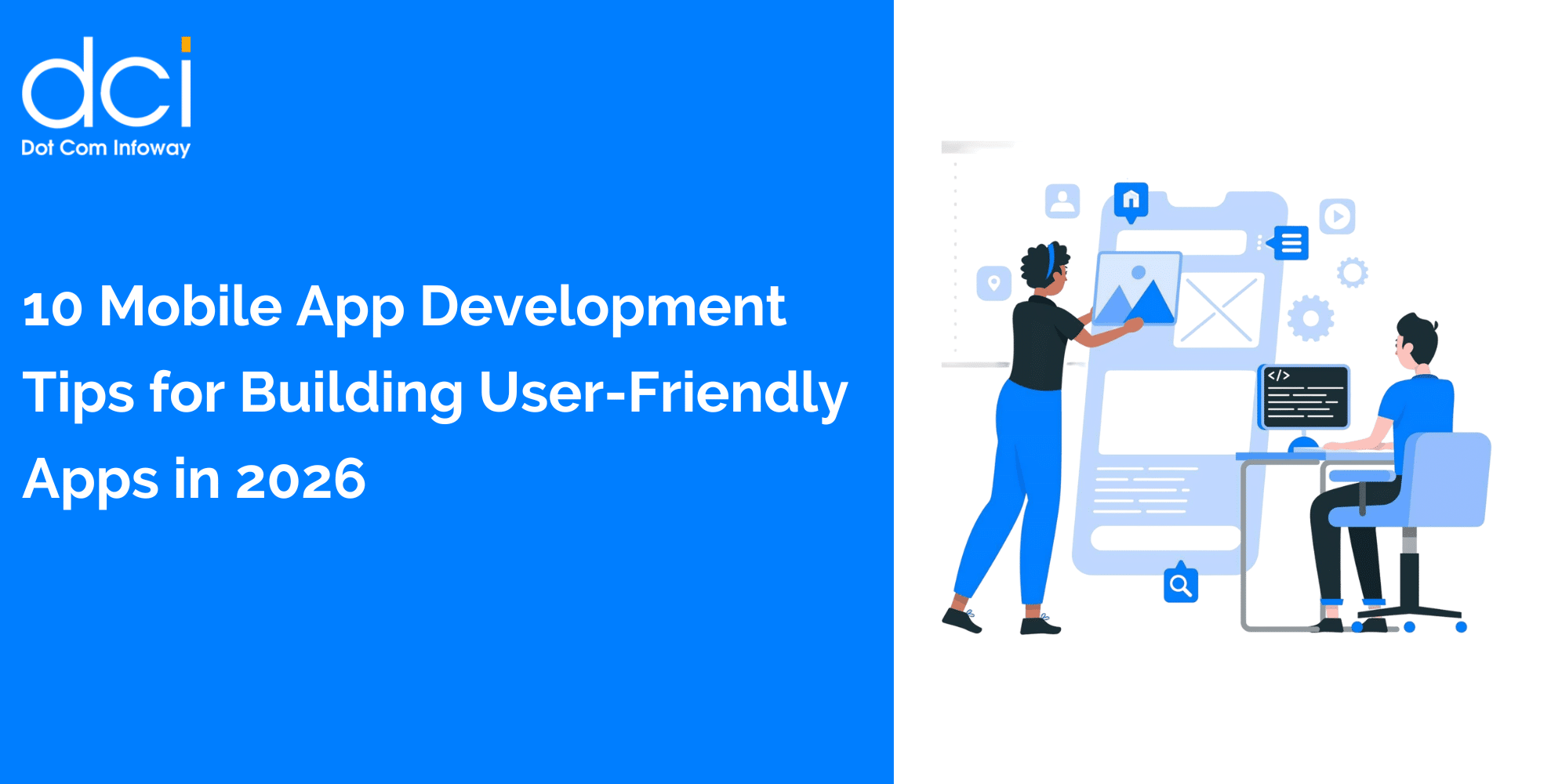Of course, building your business model will always be a part of any kind of mobile app marketing. You can always use this revenue model as a guide, after all, which could prove to be vital after your app launch. And fret not, because you can simply follow a lot proven working models already available.
Will you be opting for a freemium model? Does it really suit your app’s features? Most of the time, freemium models work best for apps that can successfully prove to their users their value to them. Because only then will they be willing to invest money.
Besides freemium, there is also the in-app purchases, paid apps, and ad-centric models. All of these app business models provide perks based on the types of apps that they are implemented on, and it’s important for you to figure out the best model for your own app.
It’s not just about knowing your users’ problems. While all the above-mentioned steps are equally important, failing to precisely target your audience or end user spells doom for your enterprise. Defining the target audience also clarifies the revenue model that is best for your app, besides knowing the other features you ought to add.
Start by thinking of what your app delivers. Is it a highly competitive gaming app with an in-app purchases model? Then you may want to reach out to potential hardcore gamers or “whales” that would be more than willing to spend lots of money to get ahead of their competition. This is but one specific example, though.
-
Finalizing the Channels to Acquire Users
User acquisition serves as one of the end goals of mobile app marketing besides, of course, profiting from your traffic. “Finalizing” could not be more stressed here, though, because user acquisition already involves preparing to invest in channels that offer the opportunity for it.
Organic traffic takes time to acquire and requires investing in Search Engine Optimization or App Store Optimization. Going for paid advertising and influencer marketing, on the other hand, certainly calls for a lot of money to be shelled out for testing different kinds of ad setups. Of course, you can mitigate this via thorough data analytics. Other channels include PR, email marketing, referrals, etc. Decide on what you are going to be mainly relying on in the long run so you wouldn’t waste too much time and money.
-
Marketing Communication Messages Creation
Communication follows marketing closely because the latter innately involves building relationships. And most of the time, it’s through your marketing message that you can achieve this. This shouldn’t be hard once you have a firm grasp of your users’ problems.
Identify their pains then craft a message that taps into those pains by adding emotional and psychological nuances to your message. This takes empathy and placing yourself in the shoes of your users, rather than bluntly laying out your app’s features. By getting your message across, you’ll be able to easily demonstrate how you are entirely unique compared to your competitors as well.
Summary
Results-driven mobile app marketing, as you can see, follows a strict adherence to tried and tested steps. Deviating from them might prove to be risky if you are still trying to test the waters. To recap, the first app market research steps following app pre launch activities you should certainly take are to identify your users’ problems and knowing whether you stand a chance against your possible competition.
Once these are verified, perform data analytics to gain more information about your users. With this done, you can now start actively underlining the value of your app and planning what business model you should use for it. Afterwards, make it a point to define the exact audience you are going to target then confirm the channels for user acquisition. Finally, be open to establishing a lasting relationship with your users by sending them marketing messages that they will actually care about.

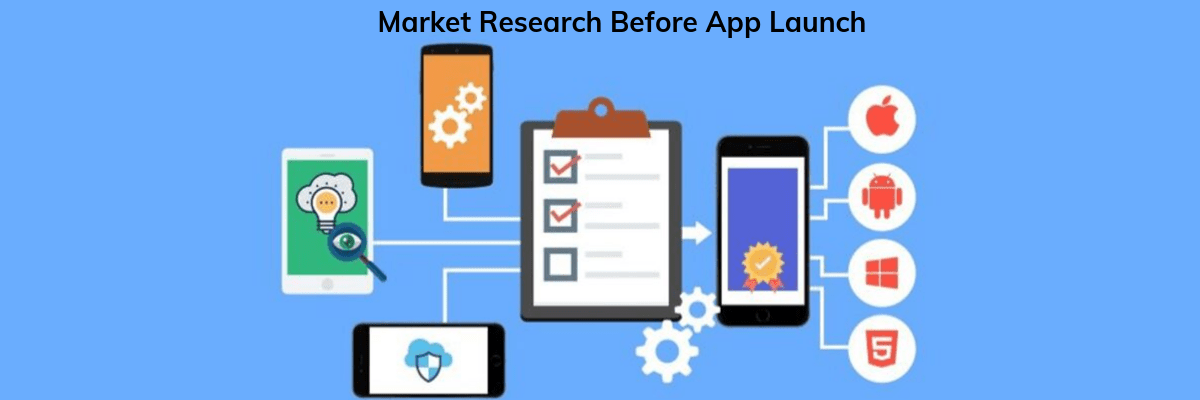



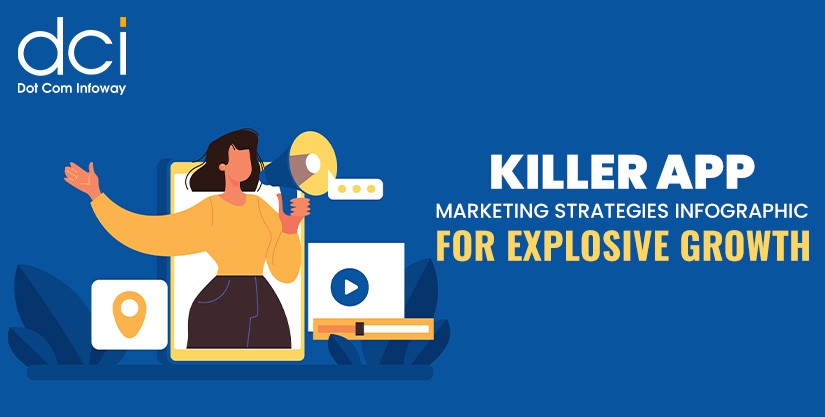
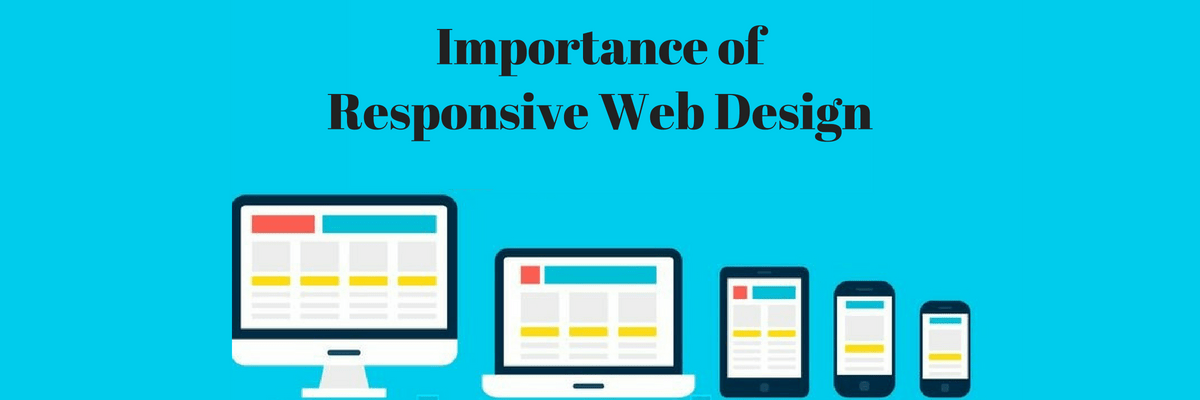
![The Game Marketing Guide: Pre and Post-Launch Strategies [Infographic]](https://www.dotcominfoway.com/wp-content/uploads/2023/09/DCI-Game-Marketing-blog-1.jpg)


